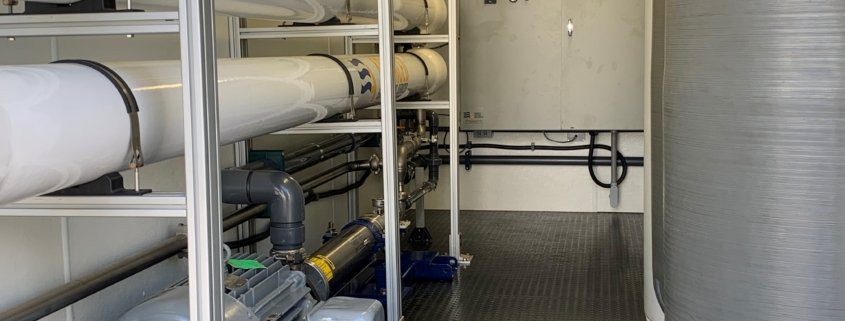The Best Compact RO Systems
The demand for clean, safe drinking water is critical in today’s globe. Compact reverse osmosis (RO) systems are becoming a popular option for both homes and businesses due to growing worries about water contamination. These systems are perfect for modern living because they are made to supply high-quality, purified water while taking up less space. Everything you need to know about tiny RO systems—their advantages, parts, installation, and upkeep—will be covered in this extensive guide.
Why Opt for Compact RO Systems?
Compact RO systems’ space efficiency is one of their key benefits. Compact RO systems are made to fit into smaller spaces, in contrast to typical RO systems, which can be large and take up a lot of room. They are therefore ideal for offices, tiny houses, apartments, and even RVs.
High-quality water filtration is ensured by the sophisticated filtration technology used in compact RO systems. They give you pure, safe drinking water by efficiently eliminating impurities like fluoride, lead, arsenic, chlorine, nitrates, and germs. These systems maintain the same level of performance even if they are smaller.
Purchasing a small RO system is an affordable way to purify water over the long run. You can save a lot of money by reducing or eliminating the need to buy bottled water if you have a consistent source of purified water at home. These systems also require less maintenance and are energy-efficient.
Key Components of Compact RO Systems
It is crucial to comprehend the roles of the main components of tiny RO systems in order to comprehend how they operate.
In a RO system, pre-filters are the first line of defense. They clear the water of big sediments and particles including rust, grime, and sand. The RO membrane is shielded and has its lifespan extended by this first filtering.
The system’s primary component is the RO membrane. To rid the water of dissolved particles, heavy metals, and other impurities, it employs a semi-permeable membrane. High purity is ensured by the membrane, which only permits water molecules to pass through.
Water travels through post-filters, which are often constructed of activated carbon, after it has passed through the RO membrane. By getting rid of any leftover contaminants and chlorine, these filters enhance the taste and smell of the water.
The treated water is kept in the storage tank until needed. Tanks on compact RO systems are made to hold as much as possible in the smallest amount of area.
Your sink has a special faucet fitted to make it simple to access clean water. In addition to providing a consistent flow of clean water, these faucets are made to match the aesthetics of your kitchen.
Installation of Compact RO Systems
Installing a compact RO system is a straightforward process that can be done with basic plumbing skills.
Choose a suitable location under your sink or in another convenient area where the system can be easily accessed for maintenance.
Mount the RO system’s components to the wall of the cabinet. Ensure all parts are securely attached and easily accessible for future maintenance.Turn off the cold water supply and connect the system’s tubing to the supply valve. Use Teflon tape on the threads to ensure a tight seal and prevent leaks.
Attach the storage tank to the system. Make sure the tank is placed upright and positioned to allow easy access.Before using the system, flush it according to the manufacturer’s instructions to remove any residual contaminants and activate the filters.
Maintenance Tips for Compact RO Systems
Regular maintenance is crucial to keep your compact RO system functioning optimally. Here are some tips:
Replace the pre-filters and post-filters every 6-12 months, depending on your water quality and usage. This prevents clogging and maintains filtration efficiency.
Periodically check all connections and components for leaks. Tighten any loose fittings and replace damaged parts to avoid water damage and ensure efficient operation.
Regularly test the purified water for any changes in taste, odor, or clarity. If you notice any issues, it may be time to replace the RO membrane or other components.
The RO membrane typically needs replacement every 2-3 years, depending on water quality and usage. Regular inspection and timely replacement ensure the system’s effectiveness.
Conclusion
Compact RO systems are an excellent choice for anyone looking to ensure a reliable source of pure, safe drinking water in a space-efficient manner. Their advanced filtration technology, cost-effectiveness, and ease of installation make them a preferred choice for many households and businesses. By understanding their components, installation process, and maintenance requirements, you can make an informed decision and enjoy the benefits of clean water every day.

 ADVANCEES
ADVANCEES 
 ADVANCEES
ADVANCEES